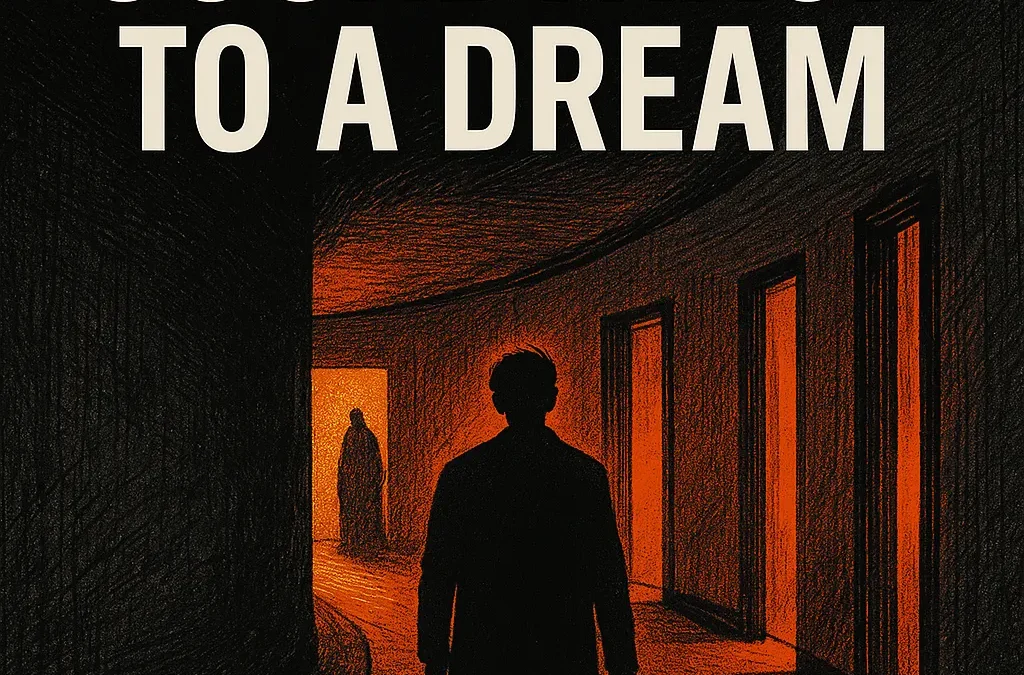When I was writing Dreams Don’t Always End, I didn’t have a strict playlist. I didn’t even sit at my desk with music playing, scene-by-scene. But certain songs, whether I heard them while driving, walking, or in the background of life, felt like they belonged to the same world as the book.
They weren’t necessarily literal soundtracks—they didn’t “score” events in the story—but they shared its atmosphere: moments of stillness, unease, reflection, and the quiet pull of memory.
Here are six songs that, to me, feel like the emotional architecture of Dreams Don’t Always End.
Portishead – Roads
If there’s one song that feels like the corridor in my book, it’s this one.
“Roads” is sparse but heavy with atmosphere, each note landing like an echo in an empty space. It’s music that doesn’t rush—it lingers, it waits, and it holds you in that waiting.
In the corridor scene, the narrator isn’t moving quickly. He’s suspended, unsure of whether to step forward or back. “Roads” has that same stillness—like time has thinned, and you’re caught between two realities.
Radiohead – How to Disappear Completely
The title says it all. There’s a fragility in Thom Yorke’s delivery that feels almost translucent, as though he’s already half in another place.
For me, this track captures the surreal dissociation of dream states—the moments when you’re physically present but mentally drifting elsewhere. It’s like the narrator in Dreams Don’t Always End after the motorway crash: standing in a reality that feels subtly wrong, unable to shake the feeling that something has shifted.
Leonard Cohen – Famous Blue Raincoat
I’ve always thought of this song as a letter from one version of a person to another. Cohen’s voice is steady, but the story it tells is fractured and layered with regret.
In my book, there’s a recurring idea that you might meet another version of yourself—someone who took a different turn, made a different choice, or walked through a different door. “Famous Blue Raincoat” feels like the soundtrack to that meeting: bittersweet, full of longing, and tinged with the understanding that you can’t undo what’s been done.
New Model Army – Green and Grey
There’s something about this song that captures the push and pull of place—of wanting to leave but feeling tethered to where you are.
I spent 11 years in the flat that became such an important part of the book. At the time, I thought I was just “waiting” for something to happen. I know now that nothing just happens—you have to move, take action. “Green and Grey” feels like that realisation, sung from both sides of the fence: the ones who stayed and the ones who left.
Faithless – Liontamer
Faithless aren’t all big beats and festival anthems—tracks like “Liontamer” show a more intimate, spoken-word side. It’s conversational but weighted, every line sitting with you longer than you expect.
In the book, there are moments where the narrator reflects in short, almost unguarded bursts—thoughts that feel like they could have been said out loud to no one in particular. “Liontamer” has that same quality: personal, searching, and grounded even when it’s quietly intense.
Nick Cave & The Bad Seeds – Jubilee Street (Live from KCRW)
I chose this live version because it’s stripped back, letting the tension build slowly before breaking open.
That gradual shift mirrors the arc of Dreams Don’t Always End. At first, there’s an unease—something unspoken but present. Then, slowly, the threads pull tighter until the moment comes when you can’t go back. It’s not a dramatic explosion; it’s a steady rise, an inevitable arrival.
Why These Songs Matter
These songs aren’t “in” the book. You won’t find characters putting them on or lyrics tucked into dialogue. But they share the same emotional weight. They feel like they’re from the same weather system—a mix of overcast skies, unexpected sun, and the lingering sense that you’re walking through a place you’ve been before but can’t quite name.
If Dreams Don’t Always End had a soundtrack, it wouldn’t be loud or sprawling. It would be quiet in places, sharp in others, and above all, it would leave space for the listener to think. These six tracks do exactly that.
